iPhone 15 Pro: 6 reasons why businesses should consider it
Upgrading to Apple’s latest professional-grade iPhone could be a smart move for organizations
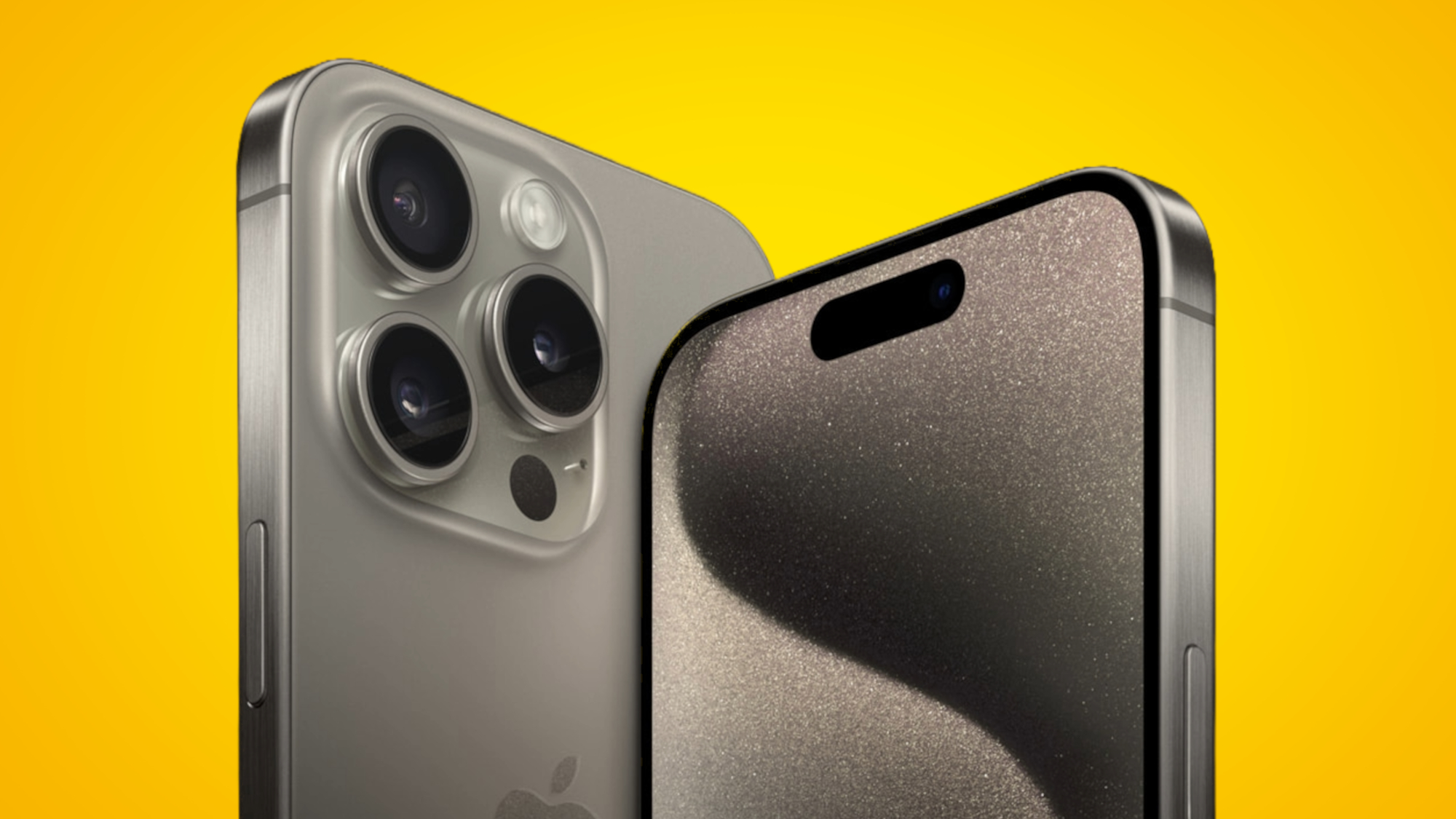
Apple has unveiled its latest flagship handsets – the iPhone 15 Pro and the Pro Max – targeting consumers and professionals alike.
There’s no doubt it’s one of the best smartphones out there, despite its base model’s premium $999 price tag, and there are plenty of new features to explore.
Among the improvements against the previous series are a sleek titanium finish and the first-time inclusion of the USB-C port. But there are a handful of specific qualities that might encourage businesses to consider Apple’s latest flagship for deployment within their teams. We’ve rounded up six reasons businesses should consider upgrading to the iPhone 15 Pro or Pro Max.
1. Customize the Action Button for quick launches
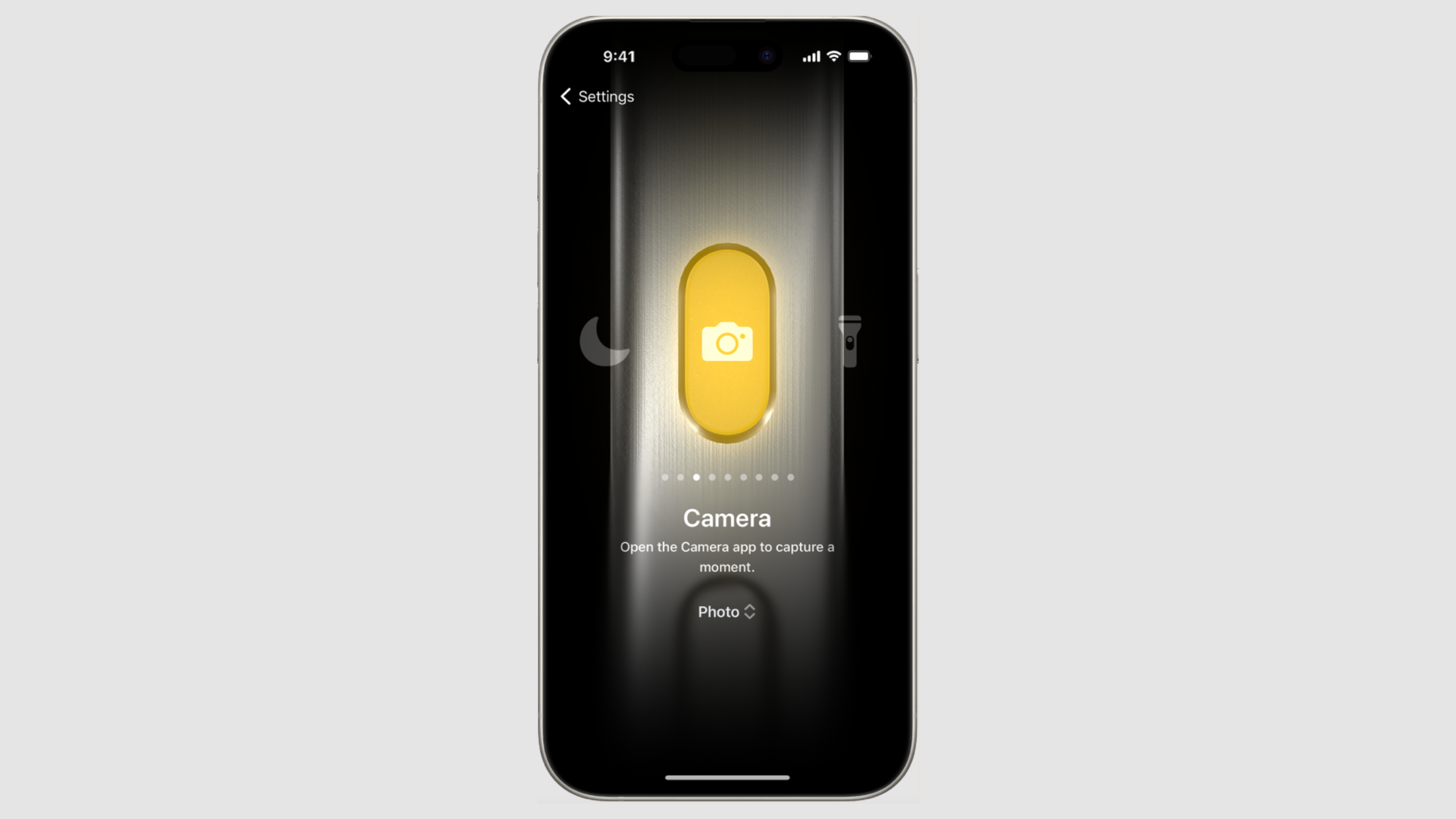
Apple has replaced the Ring/Silent switch in its latest Pro and Pro Max handsets with a multifunctional Action Button that elevates on-the-go productivity to new levels. This, GlobalData technology analyst Ardit Ballhysa tells TechRadar Pro, will appeal to businesses as it’s “a much more convenient, faster, and accessible way of initiating a shortcut as opposed to navigation on the iPhone”.
With the Action Button, you can trigger functions by pressing or holding it. Switch between Sound and Silent modes by default, or press it while using apps to perform app-specific functions. But you can get more use by tweaking its settings.
Users can set functions from broad categories including Focus, Camera, Flashlight, Voice Memo, Accessibility, Shortcut, and Translate. Within each, they can assign specific functions; the Camera includes actions such as photo, selfie, and portrait selfie, among others. While some default actions – like Voice Memo – may appeal to professionals more than others, the Shortcut category takes things a step further by letting users map a third-party app to the button.
2. Better precision and connectivity with Apple’s second-generation Ultra Wideband (U2) chip
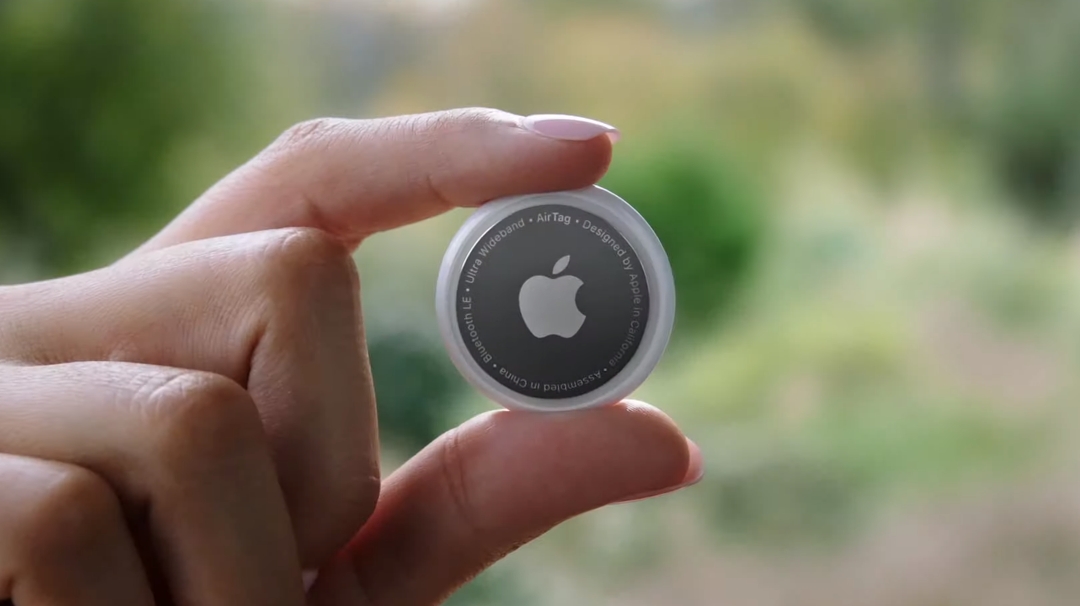
Apple first introduced its 16nm Ultra Wideband chip with the iPhone 11 and has since included it in all subsequent models, as well as its latest Apple Watch devices.
Sign up to the TechRadar Pro newsletter to get all the top news, opinion, features and guidance your business needs to succeed!
The UWB chip powers accurate geolocation and the Find My security system, among other uses, bolstering its claim to be one of the best secure smartphones. Now, with the iPhone 15 Pro, users can benefit from an upgraded 7nm version, dubbed U2, which offers much better accuracy and far less power consumption when in use. Reduced power usage means a much better user experience with AirTags, for example, lasting up to three times as long if fitted with these 7nm U2 chips. The chip inside the iPhone 15 Pro also offers much stronger performance versus its predecessor, with the smartphone capable of connecting with devices up to three times further. This is in addition to precision finding in Find My.
For creatives, it’s also speculation that U2 will integrate seamlessly with the Vision Pro mixed-reality headset down the line. Using these upgraded radio signals, Vision Pro can use much less power to determine spatial orientation in a room.
3. Better multitasking with the most RAM in an iPhone ever

The iPhone 15 Pro is packaged with a cool 8GB DDR5 RAM, making it the most powerful Apple smartphone to date. While the best Android phones may often boast up to 12GB RAM (and some as high as a bonkers 18GB, like the Asus ROG 5), it’s still one of the fastest smartphones out there. That’s because it’s also packaged with the A17 Bionic chip and up to 1TB NVMe storage.
With 8GB RAM, the iPhone 15 Pro can allow for much smoother day-to-day use and multitasking, especially for creatives using memory-intensive apps like photo or video editing software on the go. It also benefits overall system performance and future-proofs the device against future degradation.
4. One of the most sustainable smartphones ever
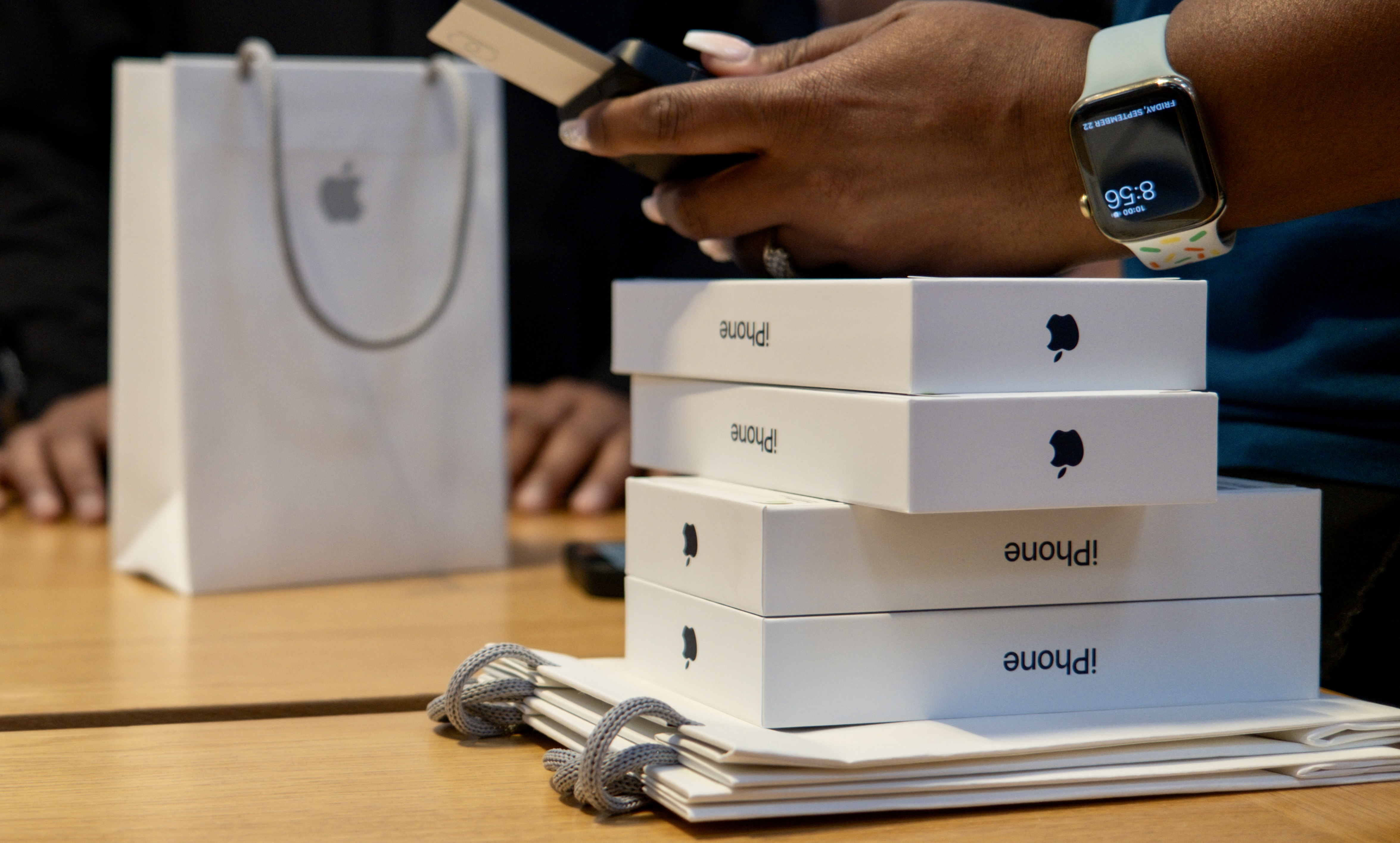
Apple’s iPhone 14 Pro was considered one of the greenest high-end smartphones out there. Thanks to a number of improvements, the iPhone 15, iPhone 15 Pro and Pro Max devices are a step above this. Alongside responsible packaging and 20% recycled or renewable content in the device, Apple is using 100% recycled rare earth minerals.
Apple uses 100% recycled aluminum, copper, tungsten, tin as well as gold for wiring and cobalt in its batteries. This is alongside 35% or more recycled plastics in several components. You can read more information via Apple’s environmental report.
“While not a direct benefit to employees or the performance of a business,” added Ballhysa, “the sustainability improvements of the iPhone 15 series over the iPhone 14 series give businesses that use the iPhone 15 a higher sustainability ranking by reducing their carbon footprint, which has appeal among investors and eco-conscious consumers.”
5. Smarter networking with Wi-Fi 6E and Thread

Apple introduced support for the Wi-Fi 6E standard with the M2-powered iPad Pro, and has since incorporated it into the Mac Pro and the latest MacBook Pro, among others. Now, thanks to the A17 Bionic CPU, iPhone 15 Pro users can tap into the 6Ghz wireless standard too.
The extra radio incorporated into Wi-Fi 6E routers lets iPhone 15 Pro users tap into twice as much bandwidth as the previous 5Ghz band allowed. There are also 56 new channels, which means much less interference, while these channels can go as high as 160Mhz – useful for streaming content or virtual reality (VR) applications.
Apple’s latest flagship smartphone is also the first to feature Thread mesh networking. Thread is a communication standard that lets devices communicate with other network-facing devices, and is most commonly smart home devices.
Beyond giving your smart home office a major upgrade, the low-power and low-bandwidth Thread standard is also based on the internet protocol (IP), which means it offers native IPv6 support. It’s comparable to Bluetooth, but because it’s IP-based, it’s easier to maintain a stable connection between other Thread-enabled devices. Currently, these are limited to a handful of devices, such as Nest products and Apple peripherals, but the market is set to expand in the coming years.
6. New business-friendly features with iOS 17
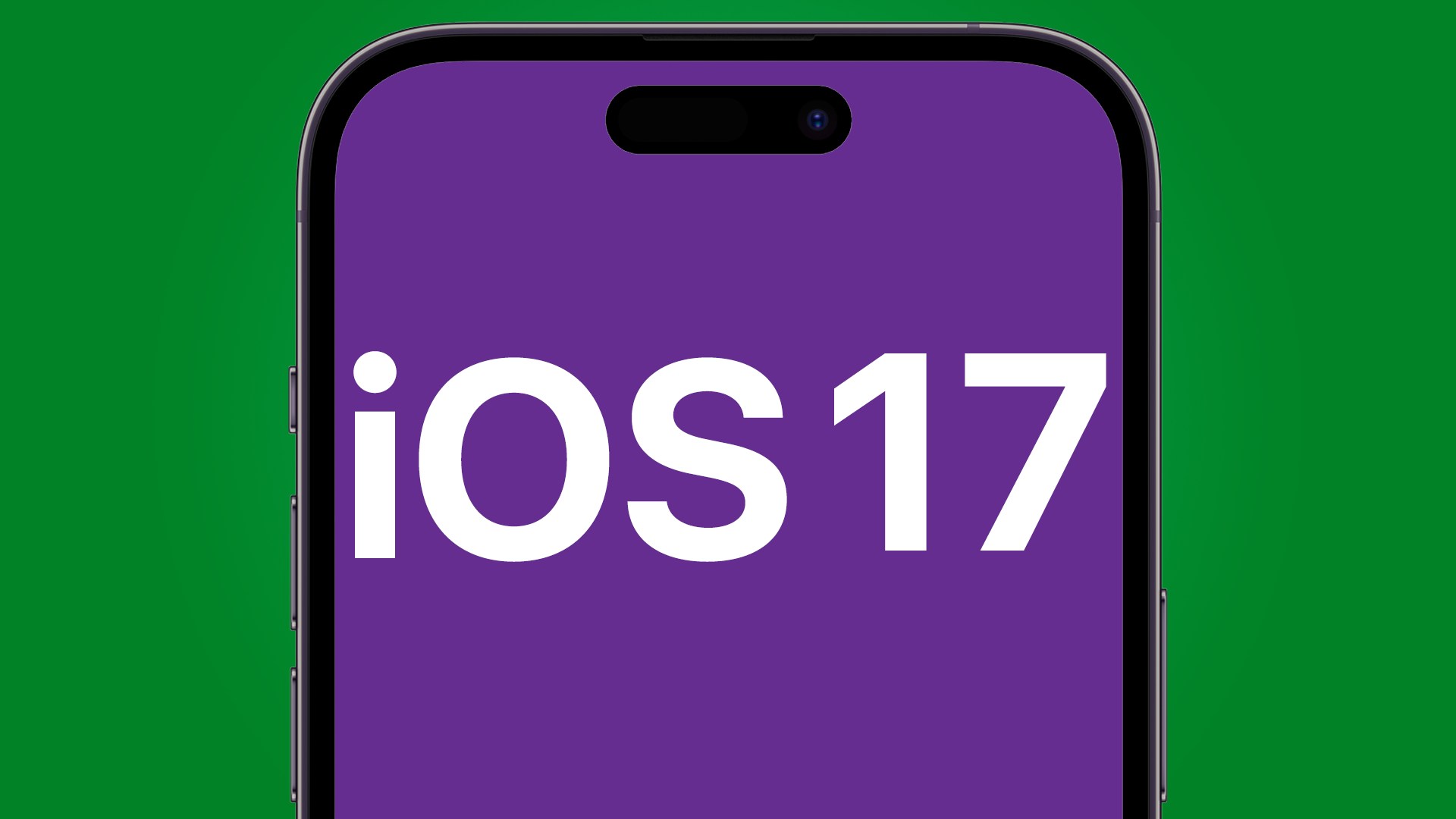
The eSim has been a feature in iPhones since 2018, lettin businesses remotely activate business lines for improved speed and convenience, as oposed to physical simcards. They also have a lower carbon footprint and reduced costs, due to the reduction in plastic usage. Apple's latest mobile operating system, iOS17, takes this one step further.
"iOS 17 makes it easier for professionals to utilize eSIM owing to new transfer and QR code scanning capabilities," says Ballhysa. "Users can use Bluetooth to transfer an eSIM profile from an old iPhone to a new one. Users can also download a QR code to activate eSIM and scan it directly on the device’s photo app rather than having to scan it on another device."
Also included in iOS17 is Roadside Assistance via satellite, useful for employees who go on business trips and use vehicles to get around. This comes alongside NameDrop, which makes it much easier for professionals to exchange details at networking, corporate, or other business events.

Keumars Afifi-Sabet is the Technology Editor for Live Science. He has written for a variety of publications including ITPro, The Week Digital and ComputerActive. He has worked as a technology journalist for more than five years, having previously held the role of features editor with ITPro. In his previous role, he oversaw the commissioning and publishing of long form in areas including AI, cyber security, cloud computing and digital transformation.